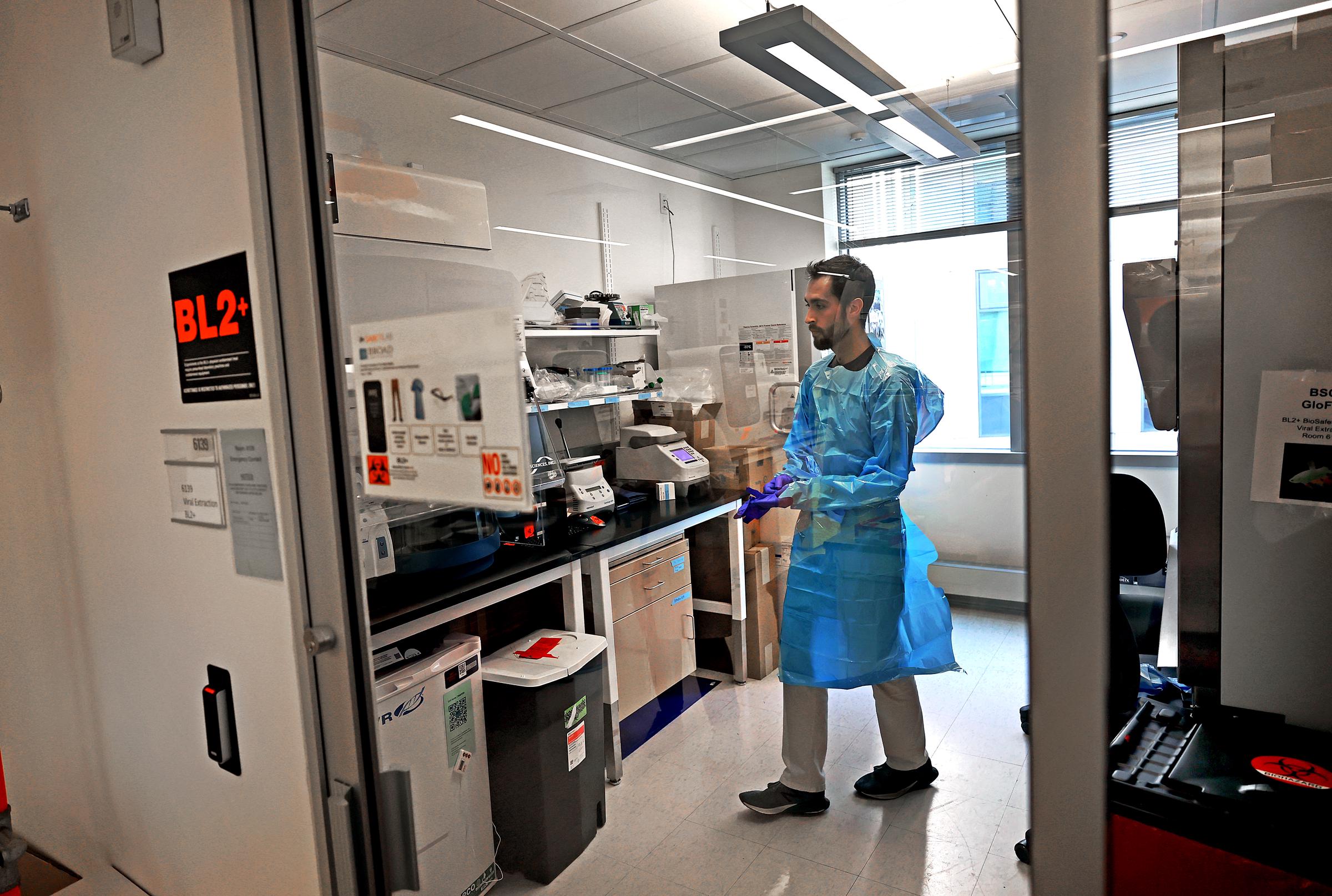
First Severe Bird Flu Case Hits the US — State of Emergency Declared in Another Area

USGS Biologist Science Tech Brooke Hill releases a Western Sandpiper after testing it for the highly pathogenic H5N1 avian influenza in Sonoma, California, on August 16, 2006 | Source: Getty Images
An investigation is underway to identify the source of an H5N1 bird flu infection. However, it has been confirmed that the patient had contact with ill and deceased birds from backyard flocks. This marks the first reported US case of H5N1 bird flu connected to backyard flock exposure.
Additionally, there have been 37 cases connected to dairy herds, 21 associated with poultry farms and culling operations, and 2 cases where the source of exposure remains unknown.
This differs from the B3.13 genotype seen in dairy cows, some human cases, and poultry outbreaks. The CDC is conducting further sequencing and virus isolation from the sick patient.
An outbreak in dairy cows was reported in Texas and Kansas, prompting CDFA to monitor California herds. To date, 61 confirmed human cases have been reported across seven states, including 34 in California.
The governor shared, “We are committed to further protecting public health, supporting our agriculture industry, and ensuring that Californians have access to accurate, up-to-date information.”

California Governor Gavin Newsom speaks during a press conference in Los Angeles, California, on October 27, 2024 | Source: Getty Images
As the government works to enhance public health, people have been urged to reduce their risk of H5N1 exposure. The public is advised to avoid contact with sick or dead animals, including wild birds, poultry, and domesticated animals.

Jon Arizti Sanz, PhD, Postdoctoral Fellow testing purchased milk at area grocery stores for the presence of bird flu, in Cambridge, on May 14, 2024 | Source: Getty Images
Additionally, people should cook poultry, eggs, and meat to safe internal temperatures and consume pasteurized dairy products to help eliminate potential virus contamination.
Individuals exposed to infected animals are asked to monitor themselves for symptoms, such as respiratory issues or eye redness, for 10 days. They should seek medical attention promptly if symptoms appear.
For poultry and livestock workers, employers are encouraged to update workplace health and safety plans to address potential H5N1 exposure. They should also conduct hazard assessments to identify high-risk tasks.
Additionally, when employers implement control measures, such as isolating infected animals and ensuring proper hygiene, they can significantly reduce risks.

Ducks with bird flu also known as poultry flu are collected and put in a container in Zarnewanz, Germany, on November 28, 2024 | Source: Getty Images
Workers should also be provided with appropriate PPE to safeguard against contact with infected animals or contaminated materials. By following these recommendations, the spread of H5N1 can be effectively mitigated.


